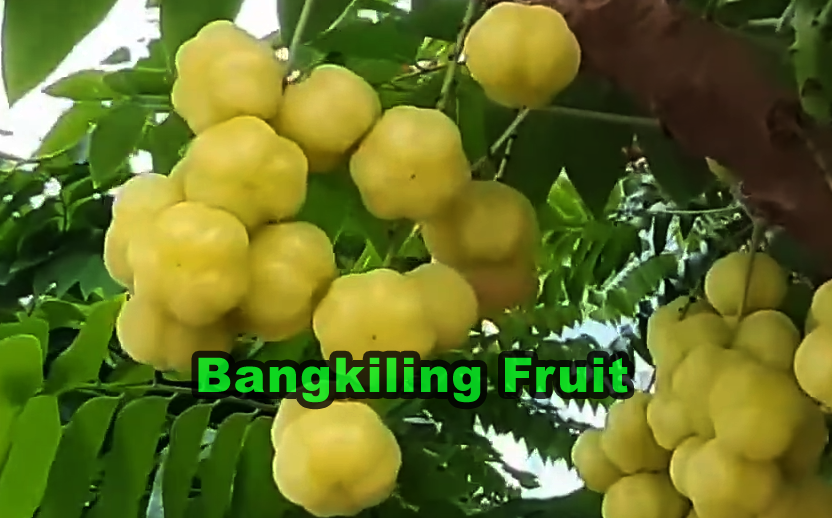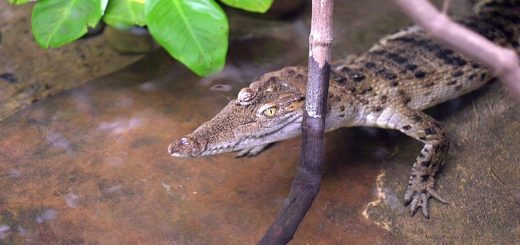Bangkiling

Otaheite gooseberry or locally known Bangkiling in the Philippines, is one of the trees with small edible yellow berries in the family Phyllanthaceae. Despite its name, the plant does not resemble the gooseberry, except for the acidity of its fruits.
This tropical or subtropical species is found throughout Asia and also in the Caribbean region, Central and South America. While its origin is uncertain, the species may have originated in Madagascar. It was found in other parts of South Asia early; according to Eduardo Quisumbing, it was brought to the Philippines in prehistoric times.
Bangkiling is an intermediary between a shrub and tree, reaching 2 to 9 meter high. The tree’s dense and bushy crown is composed of thickish, tough main branches, at the end of which are clusters of deciduous, greenish, 15 to 30 centimeter long branchlets. The branchlets bear alternate leaves that are ovate or lanceolate in form, with short petioles and pointed ends. The leaves are 2–7.5 centimeter long and thin, they are green and smooth on the upperside and blue-green on the underside.
The flowers can be male, female or hermaphrodite. They are small and pinkish and appear in clusters in 5 to 12.5 cm long panicles. Flowers are formed at leafless parts of the main branches, at the upper part of the tree. The fruits are numerous, oblate, with 6 to 8 ribs, and densely clustered. They are pale yellow or white, waxy, crisp and juicy, and very sour.
The Bangkiling fruit is not usually found for commercial sale in the Philippines, and is instead harvested for personal use to cook traditional Filipino sour dishes like pork sinigang or fish sinigang.
It is also called Karamay in the Philippines.
Scientific Name: Phyllanthus acidus
Family: Phyllanthaceae
References:
https://en.wikipedia.org/wiki/Phyllanthus_acidus










